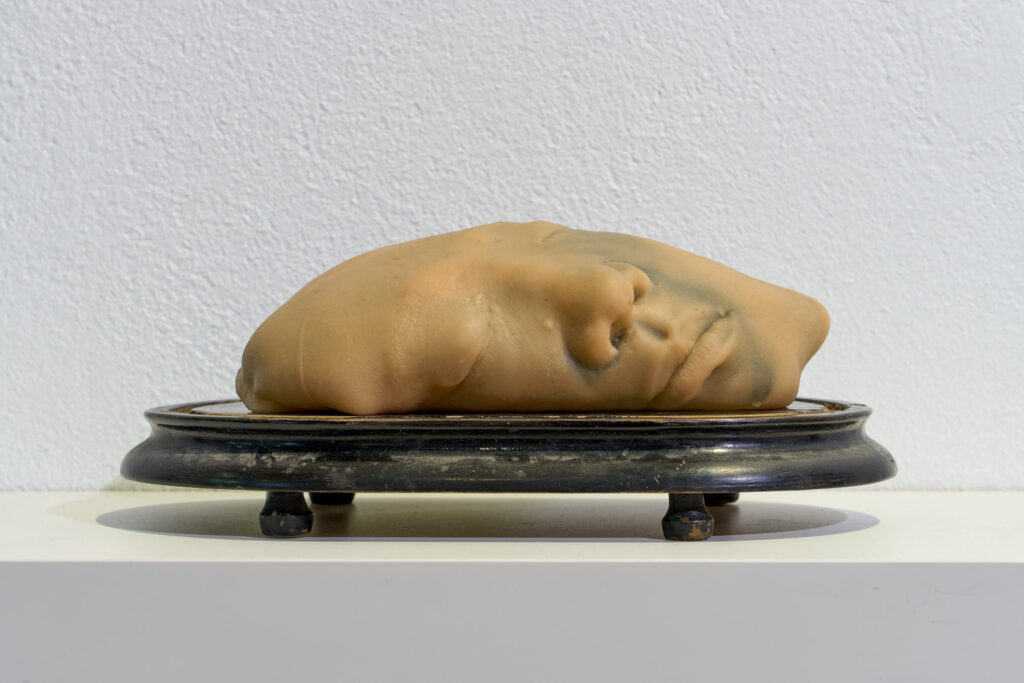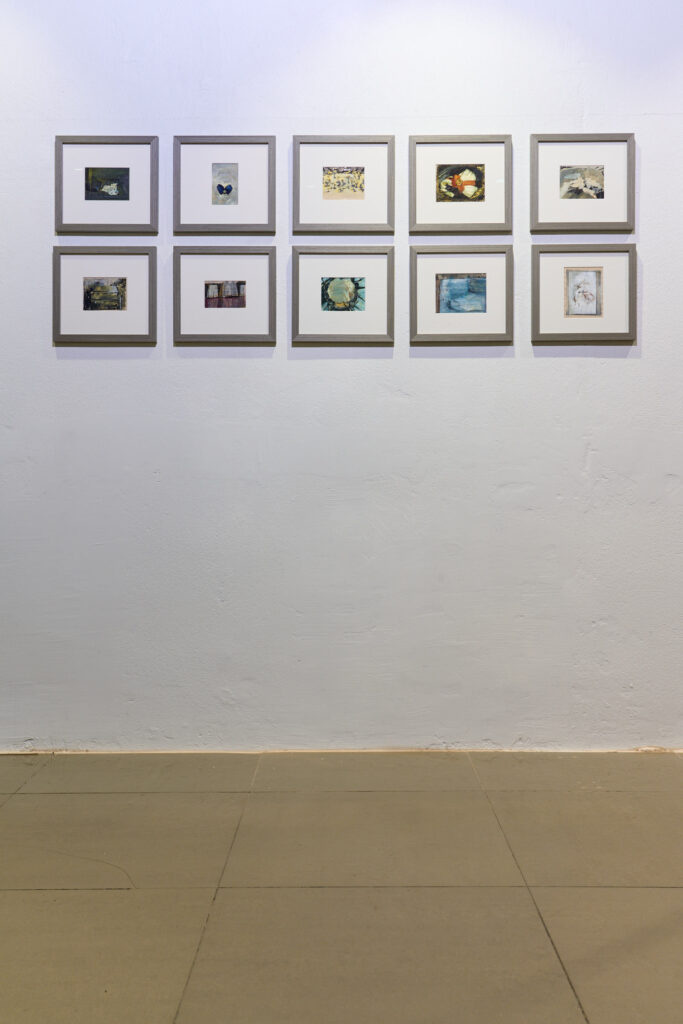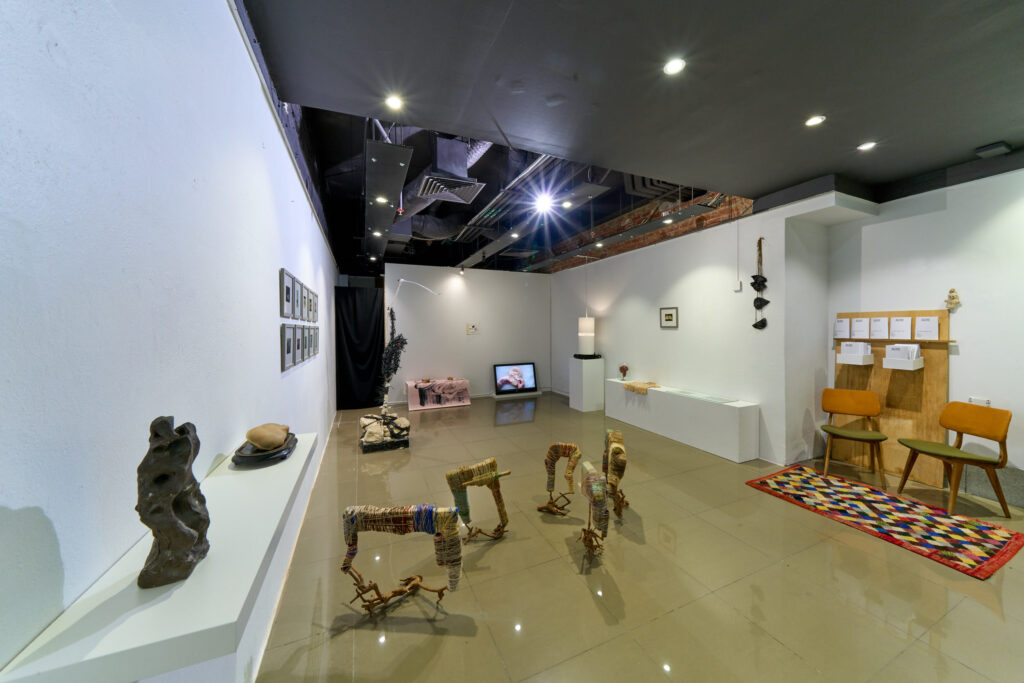Michael Newall
April 2023
Love is entirely familiar. But, once one takes the time to reflect on it, it can also come to seem indissolubly strange. So, let us start with some facts about love.
Almost anything can be an object of love. We are capable of loving other people, ourselves, objects, communities, animals, supernatural beings, food, and (of course) art, among other things. We love particular things – particular people, animals, objects, artworks, and so on. Maybe there are exceptions: some people are said to love humanity in general, or be a food-lover, an animal-lover, or nature lover. Perhaps some more abstract or general entities can be the subject of love also: ideas (some people say they love freedom), nations, supernatural beings (God). Even the ugly can be loved (by princes and beauties, according to fairytales – and failing that, by their mothers, as the proverb has it). Things do not even have to be worthy of love to be loved. Some love evil, strife and transgression (so the Bible tells us). Some say one can love the entire universe – there is even a term for this: cosmophilia. But if anything can be an object of love, that leaves questions. Among them, what makes this diversity of things objects of love? And what makes some of these things apt objects of love, deserving or justifying love?
Of course, there are different kinds of love, appropriate to different objects. Since ancient times, romantic love, eros, has come to exemplify love in its most intense physical incarnation, and it brings with it an erotic component. This is the love that has launched a thousand clichés: love conquers all, love hurts, love is blind… . There are many other kinds of love – the love family members and friends have for each other, the devotion one has to animal companions, the love one can have for objects and activities, for beauty, and for less refined forms of pleasure, the satisfaction of one’s appetites, for instance. All these kinds of love can contribute to a good life. But out of balance, given free rein, unmoderated or misdirected, they may also lead to a life that many will see as aberrant: the indulgence of the glutton, the monomania of the aesthete, the uncontrollable acquisitiveness of the hoarder, the compulsions of the pervert, among others. Of course, if no-one is harmed by such loves, who is to say they are misdirected? Molière says, “to live without loving is not really to live.” If there is a diversity of kinds of love, then perhaps it is up to us to put aside the expectations of others, and find our own wherever we choose.

It is often said that one cannot love truly without first loving oneself. Aristotle is perhaps the first to makes this point, in the Nicomachean Ethics. He does not mean a selfish love – rather, he thinks we must be capable of being, say, compassionate to ourselves, if we are to be capable of extending compassion to others in a spontaneous and genuine, which is to say a genuinely loving, way. Shirley Wu 喬쉔勵 gives us an image of this idea. Her video shows her touching, stroking and massaging a facsimile of her own face. The object has the marmoreal quality of a death mask, but under Wu’s touch it seems to relax and gently come to life. The video gives is an image of self-care and self-compassion, which we might see as the condition of all love.
Plato, in the Symposium, tells a story of how humans originally had two conjoined bodies, a head with two faces, four arms, and four legs. Zeus, fearful of such perfect, powerful beings, cut them into halves. “[Each] one longed for its other half, and so they would throw their arms about each other, weaving themselves together, wanting to grow together.” Plato thought this a childish myth, but Aristotle took the idea more seriously. Diogenes Laertius says that Aristotle held that friendship involved “one soul dwelling in two bodies.” This idea has been articulated in different forms by many more recent philosophers, from Montaigne to Roger Scruton. They understand romantic love as involving a union of two people, who come to share interests, opinions, emotions, ways of thinking, memories – relying on each other’s cognitive resources as they do their own. Thus, it is no mystery that couples may come to finish each other’s sentences. Ideas of extended and distributed cognition can also give us a contemporary way of thinking about union.
For the philosopher Douglas Hofstadter, personal identity inheres in just these kinds of psychological phenomena. In his book I am a Strange Loop, he gives a moving account of how his late wife’s personal identity survives, he believes, in him – for he has absorbed so much of what constitutes her personal identity – her values, her ways of thinking, and (at second hand) her memories – that her personal identity persists in his own. Such a fusion or mingling of selves is a strange thing – for Hofstadter, and many others, it is a supreme value in human life. But it can also bring with it the anxiety, for it also shows how malleable, how temporary the self really is. Union can only really occur with the dissolution of two selves. For me, that understanding is captured in Kristian Burford’s kinetic sculpture, which shows two figures “weaving themselves together, wanting to grow together.” Viewed through the perforations of the spinning shade surrounding them, they also seem at risk of dissolving into blurred fragments of themselves.

One of Bridget Currie’s works is a cast of two hands conjoined at the wrists: her hand, and her son’s. Another shows a hand grafted to her son’s foot. The sculptures are painted in lifelike colours, and they have unsettling, uncanny quality. They are a little like strange sea creatures washed up, flexing and twitching, on the shore. For me, the first of these sculptures images the curious temporary union of parent and child – the parent absorbing so many of the child’s rhythms, needs and concerns. The sculpture’s uncanny character also expresses, I find, the anxieties of loss of autonomy that can accompany such a union.

Jingwei Bu shows a large, rounded stone. She describes it as “a stone, a baby, a task”. Bu has used this stone as a prop in two performances, Bloody Ink Play, in which she carried it like a newborn child (Adelaide Central School of Art and Carriageworks, Sydney, 2022 (the latter using a different stone)), and the video performance, Moving Image Moving Stone (Adelaide Film Festival, 2022). The first of these performances reflected on her fraught, traumatic pregnancies. The stone, passed between Bu and her fellow performers, stood in for a child, and the mother’s pregnant form. “We pass it on and we keep moving on,” says Bu, “it is an obligation, it is a responsibility, it is a dream, it is a mission, it is a stone we can sit on, build a shelter with, it is a burden we cannot let go, it is just a stone.” For Bu, it is a symbol of “persistence and resilience driven by love and selfless offering.” One might read this, too, as a symbol of union with loved ones – the pleasures and satisfactions of family life seem immanent in it, and so are the responsibilities and sacrifice that particular kind of union entails.

Koen Broucke is a Belgian painter, known for small-scale oil figurative paintings based on photographic sources and painted from life. He often collects and paints dead animals that he has found. Here we see a pencil and ink drawing of a dead mouse, and a painting of a shirt that belonged to Napoleon preserved in a museum collection. I am reminded that Turner painted a picture of Napoleon in exile, meditating on a limpet (War. The Exile and Rock Limpet, c. 1842). Broucke’s pair of works present a similar juxtaposition. But, perhaps more relevant here, is the fact that Broucke shows collected objects of very different kinds.

Reniere&Depla, a Belgian artist duo comprising Martine Depla and Paul Reniere, are also collectors of objects, constructing cabinets of curiosities containing objects gleaned from Belgian and French car boot sales. They are also makers of objects themselves, and makers and collectors of photographic images that they transform into blurred, gleaming paintings. The eleven small paintings they show here draw together these twin concerns in a kind of album of ephemera. Walter Benjamin, in his essay ‘Unpacking My Library’ (1931), observes that there is another strange union between the collector and the objects they collect: “for a collector – and I mean a real collector, a collector as he ought to be – ownership is the most intimate relationship that one can have to objects. Not that they come alive in him; it is he who lives in them.” But it is another observation of Benjamin’s that seems especially apt here: “One has only to watch a collector handle the objects in his glass case. As he holds them in his hands, he seems to be seeing through them into their distant past as though inspired.” That is also to say that a large part of the value of many collections is not in the objects themselves, but in the significance that they have to the collector – perhaps as aide-mémoire of the process of collection, perhaps as fragments of a broader culture that the collector aims to piece together, a template for something lost, but true, beautiful and good. The irony that collectors face is that this pursuit risks making them grotesque – Benjamin’s image of the collector (which as a collector himself, is also a self-image) is of an individual immersed in ephemera, cordoned off from life, halfway to being a hoarder.
Yet this idea that the collector descries some revelatory value in the objects they collect echoes another ancient theory of love. Plato believed that romantic love, eros, understood right, was – as Stendahl puts it – “only a promise of happiness”. For Plato this kind of love should inspire a pursuit of less ephemeral pleasures – it should guide us towards the true happiness that arises from the pursuit of goodness and knowledge. Today, that is a view few will find intuitively appealing. Still, there is some echo of it in Benjamin’s collector – they seem to see beyond their dusty objects to a world of clarity and value. The value they find here also has something of the quality described by philosopher Hans Maes in his essay ‘Existential Aesthetics’ (Journal of Aesthetics and Art Criticism, 2022). Benjamin’s collector seems to see through these objects to something that gives their own life existential significance – something that despite their fixed, fusty character, will be transformative and revelatory. Perhaps we would understand collectors better if they more often made images of the objects that they collect, as Reniere&Depla do. In their paintings we find dead and dusty things take on jewel-like clarity and colour, we see strange transformations (a pair of luminous gloves that seem to grow eyes), and an ever-proliferating sense of life that emerges from amid the collector’s dust in teeming touches of paint.
Transitional objects – a concept developed by psychoanalyst Donald Winnicott – are another class of objects that bear existential significance for individuals. Transitional objects, in Winnicott’s original formulation, stand in for the absent mother, allowing young children to develop an independent conception of themselves as subjects – developing a sense of themselves as separate from their mother, which is to say, as distinct, autonomous subjects in a world of other such subjects. Security blankets and stuffed toys commonly aid children as they transition to this state.

More generally now, transitional objects, also called comfort objects, are seen in a broader context, assisting at any age, and in various types of life transitions and traumatic situations. A family member, for example, while being treated for cancer in his old age, bought a very large teddy bear, which often accompanied him during medical treatments. The work of American artist, Judith Scott, who had Downs Syndrome, has something of the quality of transitional objects. She developed a technique of winding wool around objects until they developed into independent sculptural forms, creating richly coloured, soft and rounded, bound forms. Louise Haselton’s work in this exhibition adapts Scott’s techniques. She has taken detritus from her studio, mounted it to create armatures supported by painted bronze bases that she has cast from sticks and branches. The detritus is wrapped in wool yarn until it swells into amorphous, ambiguous shapes. Like Scott’s work, Haselton’s softs forms suggest transition objects, crafted, perhaps, to ease or ameliorate some unknown trauma. But Haselton’s objects also have another kind of life. She has been fascinated by the idea of animism, a worldview of some traditional societies that sees natural objects as having qualities of soul, agency, and power. Haselton’s objects seem almost ready to struggle along on rootlike legs, muffled and mute in their yarn wrappings, uncanny in their address to the viewer, yet also strangely comforting.


Samantha Faehrmann is known as a ceramicist. Here she presents three sculptures, one small, two large. The characteristic power of her ceramic forms is seen throughout these works. But here it appears integrated into a broader formal, material, and conceptual language, that is amenable, it seems to me, to a range of the interpretations I have discussed: as expressions of different kinds of union, as fragments that gesture towards a lost whole, and as idiosyncratic transitional objects. The reader, I hope, will be able to make those connections in their own time and way. These works of Faehrmann’s works have a basis in both trauma and love. The trauma that Faehrmann experienced as a young teenager prompted her to invent an identity in which she would not be susceptible to harm – she imagined herself as, and pretended to be, a dog. Later in life she developed a powerful affinity with real dogs, which she kept as companion animals. At the centre of one large sculpture is a dog-blanket, pressed into an ovoid shape, and bound with black thread in a manner recalling Judith Scott’s technique. It is surrounded by rough, shell-like clay forms that recall the expressionist architecture of Rudolf Steiner. In fact, they are modelled on the intricate curves and folds of a dog’s ears: those of her late Labrador. The balled-up blanket also belonged to her Labrador. The work is a memorial to her animal companion. Towards the back of the gallery is a second large sculpture by Faehrmann – another memorial to her companion Labrador. Barely visible, bound into its heart by hundreds of bristling, glistening, looped zip-ties, is a red plastic ball-thrower. The whole rises from a pedestal of rough slabs of clay, supported by a structure of steel and sticks, bound and tied with fabric flies, and sinuously curving, like the object bound in its centre. The whole rises, like one of John Wyndhams’ triffids, to well above head height. One can see it as threatening, like a nightmare creature animated by a child’s sorrow and trauma. But it is also warm, gentle, consoling, like an adult reflecting back on that child’s experiences. At first glance, Faehrmann’s smaller sculpture, which sits on a shelf, is an expressionist sculpture of a mother and child. Despite its devotional appearance, it is another autobiographical work, at once representing shocking abuse, and love for an unborn daughter. The somewhat canine features of the mother figure present a powerful and disquieting self-image of the artist.

Lastly, the exhibition’s curator, Eleen Deprez, has included some of her own objects that she has collected; they are not art works, properly speaking, but they have personal meaning to her. Among them are a ruined sculpture of a greyhound, a small rug, a soft toy, a rounded piece of terracotta tile found on a beach, and a parcel mailed from a friend in Belgium. She considers them all love objects, in one sense or another. Again, I hope that the different kinds of love, and love objects, that I have discussed might throw some light on these. But I leave it to the viewer to make their own interpretations of these objects, as they wish.
Photography Sam Roberts